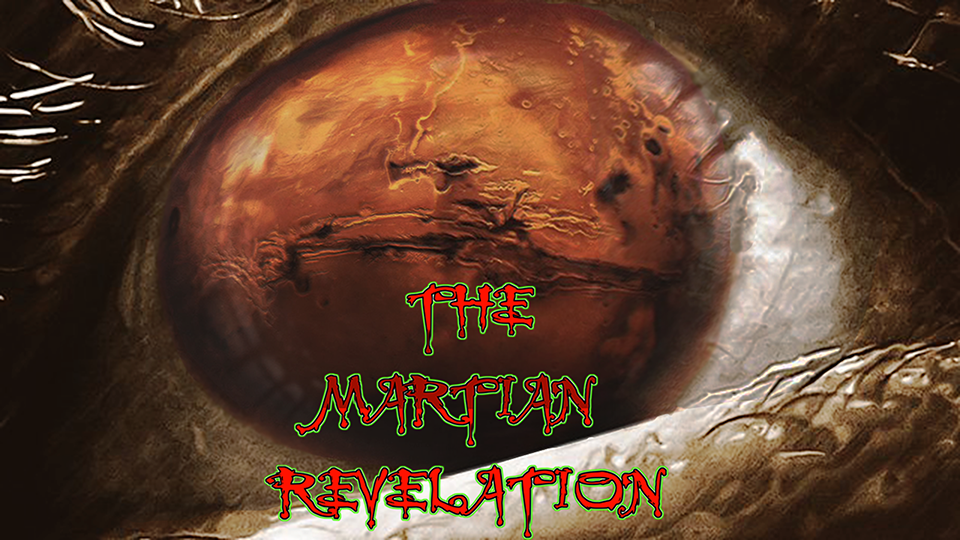

COULD ORGANICS ON MARS MEAN LIFE ON MARS?
JULY 16, 2018
Following a widely-publicized announcement of new “important findings” about Mars, on June 7, 2018, NASA held one of its rare news conferences. However, the key “new” information reported (J. L. Eigenbrode et al., 2018, “Organic Matter Preserved in 3-Billion-Year Old Mudstones at Gale Crater, Mars,” Science, 360:1096-1101), that Curiosity had detected organic compounds, was not new. Similar findings had been published (C. Freissinet et al., 2015, “Organic Molecules in the Sheepbed Mudstone, Gale Crater, Mars,” JGR Planets, 120, 495–514) three years ago. This is made clear in a recent op-ed piece by G. V. Levin and P. A. Straat [“Comments on the June 7, 2018, NASA News Release and Papers,” Astrobiology, 18 (7), 2018]. NASA’s announcement about organics on Mars went viral, appearing in countless media throughout the world.
Despite the importance of the announcement to life on Mars, no mention was made of the Viking Labeled Release (LR) experiment of Levin and Straat. This experiment obtained strong evidence for living microbes on Mars, but the life interpretation has been controversial for 40 plus years mainly because of lack of water and organics on Mars. Several percent of liquid water, amounts exceeding the moisture content of the sands of Death Valley where the LR detected life, have since been reported (L. A. Leshin et al. “Volatile, Isotope, and Organic Analysis of Martian Fines with the Mars Curiosity Rover,” Science, 2013; 341 (6153): DOI: 10.1126/science). The recent announcement of the presence of organic matter on Mars in effect removes the last major barrier to acceptance of the Viking Labeled Release (LR) experiment’s strong evidence for living microbes on Mars.

The Viking LR experiment was elegantly simple. The test procedure offered simple organic molecules tagged with radioactive carbon to a Martian soil sample and monitored for the evolution of radioactive gas as the end product of metabolism. The test is extremely sensitive and rapid. Under development for Viking, the LR performed thousands of terrestrial tests in the laboratory and in the field, never failing to detect microorganisms in soils extreme environments, in imported soils, in pure microbial cultures, mixed cultures, algae, bacteria, yeast, aerobes, anaerobes, including clostridia, phototrophs, and lichen. A positive result is confirmed by a negative control in which any microorganisms in the sample are destroyed by pre-treatment with heat. The heat treatment does not destroy possible chemical oxidants that might produce a false positive result. Thus, a positive test followed by a negative control is evidence that the first result was biological. Most important, the LR never produced a false positive or false negative. On Mars, the LR tests were positive and the controls were negative at both landing sites 4,000 miles apart, consistent with a life response.
All relevant research on Mars and Earth since Viking has either supported or been consistent with life on Mars. No known fact precludes it. Further, in 42 years of many attempts, no non-biological theory or experiment to explain away the Viking LR results has withstood scientific scrutiny. NASA’s new emphasis on the finding of organics removes the last significant barrier that precluded the possibility of microbial life on Mars. We eagerly await the next announcement. Perhaps, after all, we are not alone in the cosmos.
PLEASE CLICK ON & SUPPORT: